
A Peculiar Relationship
Lawrence S. Kaplan
University of Missouri Press
Columbia and London
Copyright 2010 by
The Curators of the University of Missouri
University of Missouri Press, Columbia, Missouri 65201
Printed and bound in the United States of America
All rights reserved
5 4 3 2 1 14 13 12 11 10
Library of Congress Cataloging-in-Publication Data
Kaplan, Lawrence S.
NATO and the UN : a peculiar relationship / Lawrence S. Kaplan.
p. cm.
Includes bibliographical references and index.
ISBN 978-0-8262-1883-4 (cloth edition : alk. paper)
ISBN 978-0-8262-1895-7 (pbk. : alk. paper)
ISBN 978-0-8262-7217-1 (electronic)
1. North Atlantic Treaty Organization.2. United Nations. 3. World politics1945-1989. 4. World politics1989I. Title.
JZ5930.K36 2010
341.23dc22
2009040743
 This paper meets the requirements of the
This paper meets the requirements of the
American National Standard for Permanence of Paper
for Printed Library Materials, Z39.48, 1984.
Designer: Stephanie Foley
Typesetter: FoleyDesign
Printer and binder: Integrated Book Technology, Inc.
Typeface: Adobe Garamond
to Jan
ACKNOWLEDGMENTS
Robert H. Ferrell, whose friendship I have cherished for sixty years, introduced me to Beverly Jarrett, director and editor-in-chief of the University of Missouri Press, in the summer of 2006. He urged me to work with her on this project. Her enthusiasm required little urging on my part, and I enjoyed her support until her unexpected retirement in 2008. Clair Willcox took over the assignment and, along with project editor John Brenner, has seen the manuscript through to completion. I am grateful for their support, and to Bob in bringing me to the Press in the first place. In the course of research and writing I am indebted to those scholars whom I mention in the introduction, and most particularly to Ryan Hendrickson, who read and commented on a number of the chapters; to Alan Henrikson, whose pioneer studies of NATO and the UN were an inspiration for me; to Gary Ostrower, the leading American historian of the UN; and to David Yost, whose special expertise in this subject was of great help. From Brussels, prominent NATO officials Jamie Shea and Diego A. Ruiz Palmer responded to basic questions I had about NATOs relations with the UN. And a special note of thanks goes to W. Bruce Weinrod, defense advisor, U.S. Mission to NATO, for informing me about the UN-NATO declaration of September 23, 2008.
I am happy to acknowledge the continued cooperation of Georgetowns documents librarian Kristina Bob, whose familiarity with the documents facilitated my studies. Her colleagues at the reference desk, especially Mary Bowen and Maura Seale, responded with unfailing good cheer to my many importunities. Steve Rearden, Stanley Bober, and Morris Honick offered advice and support at all times. And finally, I dedicate this book to my wife, Janice, whose patience I have tried too many times over the years.
LIST OF ABBREVIATIONS
ACTWARN: activation warning
AFSOUTH: Allied Forces, Southern Europe
ANC: Arme Nationale Congolaise (originally Africanization of the Force Publique)
CIA: Central Intelligence Agency
CJTF: Combined Joint Task Forces
CSCE: Committee for Security and Cooperation in Europe
DPC: Defense Planning Committee
DPO: Department of Peacekeeping Operations
DRV: Democratic Republic of Vietnam (North Vietnam)
EC: European Community
EEC: European Economic Community
EU: European Union
EUFOR: European Union Forces
FO: British Foreign Office
FRUS: Foreign Relations of the United States
GVN: Government of the Republic of Vietnam (South Vietnam)
IFOR: Implementation Force
IPTF: UN International Police Task Force
ISAF: International Security Assistance Force
JNA: Yugoslav Peoples Army
KFOR: Allied Occupation Force in Kosovo
KLA: Kosovo Liberation Army (radical)
LDK: Democratic League of Kosovo (moderate)
MSC: Military Staff Committee
NAC: North Atlantic Council
NACC: North Atlantic Cooperation Council
NARA: National Archives and Records Administration, College Park, Maryland
NLF: National Liberation Front (the Vietcong)
NSC: National Security Council
ONUC: Operations des Nations Unies au Congo
OSCE: Organization of Security and Cooperation in Europe
PRO: Public Record Office, Kew, England
RPR: Rassemblement Pour la Republique
SACEUR: Supreme Allied Commander, Europe
SALT II: Strategic Arms Limitation Talks
SCUA: Suez Canal Users Association
SFOR: Stabilization Force
SHAPE: Supreme Headquarters Allied Powers, Europe
SPRSKA: Serb Republika Sprska
SR: Senate resolution
SS: Schutzstaffel, a unit of Nazi intelligence forces, initially Hitlers bodyguard
TNA: The National Archives, Kew, England
UNAMA: UN Assistance Mission in Afghanistan
UNAMI: UN Assistance Mission in Iraq
UNEF: United Nations Emergency Force
UNHCR: UN High Commissioner for Refugees
UNMIBH: UN Mission in Bosnia and Herzegovina
UNMIK: UN Interim Administration Mission in Kosovo
UNPROFOR: United Nations Protective Force
UNSC: UN Security Council
UNSCR: UN Security Council Resolution
USSR: Union of Soviet Socialist Republics
WEU: Western European Union
WMDs: weapons of mass destruction
WU: Western Union

INTRODUCTION
Nature of the Relationship
There is no more contentious subject in the history of the North Atlantic Treaty Organization (NATO) than its relationship with the United Nations (UN). Granted, NATOs efforts were devoted primarily to coping with the Soviet empire and communist expansion during the Cold War. Involvement with the UN was not the focus of NATOs or the United States attention in those years. Although the UN inevitably was present at NATOs creation in 1949, over the next forty years for the most part NATO went its own way. When their paths did cross, it was rarely an amicable connection. The UN repeatedly asserted its ultimate authority over an indifferent or often hostile NATO. Yet at critical moments in the Cold War, the UN served as an arena for NATO partners to work out their differences, as in the Suez crisis in 1956, and NATO served as an enforcer in support of UN peacekeepers, as in the Congo civil war in the early 1960s.
When the Soviet empire imploded in 1991 there was a dramatic change in the relationship, which brought the two organizations closer together. Sometimes in harmony but often in discord, they collaborated in efforts to manage global crises in unstable environments. As NATO enlarged its scope in the 1990s, it needed the UN to give legitimacy to its activities even as it chafed against the claims of the world organization. Internal frictions within NATO frequently inhibited its efforts to function independently of the UN, as in the Balkans Wars of that decade, and in the unilateral actions of the United States in the twenty-first century.
The war against Iraq since 2003 and the ongoing war against the Taliban in Afghanistan since 2001 have tested NATOs ability to collaborate with the UN in the management of crises. In Iraq both organizations initially played minor roles as a consequence of the U.S. decision to overthrow Saddam Hussein. Yet as Iraq descended into chaos, both the UN and NATO agreed to provide modest support for reconstruction of the country, and the United States retreated from its unilateral stance. More prominent was the presence of both organizations alongside the United States in the war against the Taliban forces in Afghanistan that generated terrorist actions against the West. Here too the unilateral U.S. control of operations in 2001 yielded to the UN, legitimizing NATO and U.S. efforts to defeat common adversaries. While questions of ultimate authority have not been settled, NATO is no longer simply a regional organization (as the UN has periodically proclaimed), and the UN is no longer an irrelevance (as NATO has identified it in the past). A symbiotic relationship between the two organizations prevails at this time (2009) in such a critical area as Afghanistan.

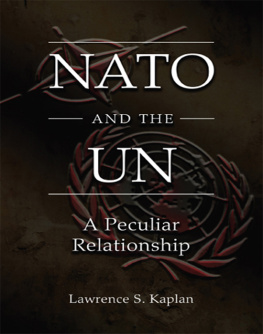
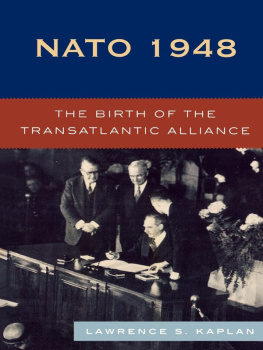
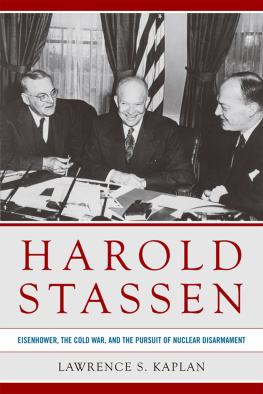

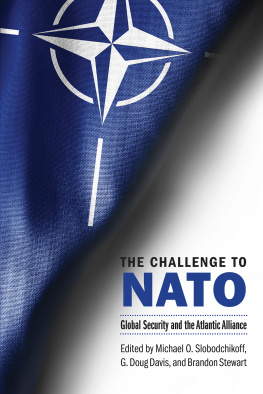
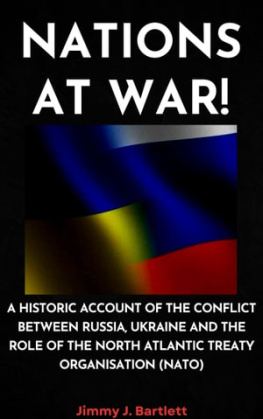
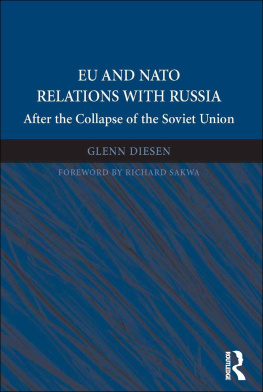
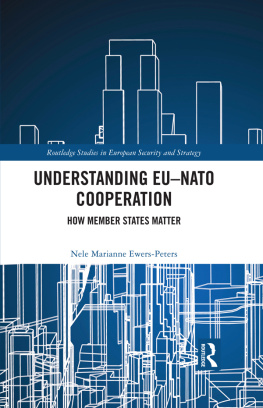

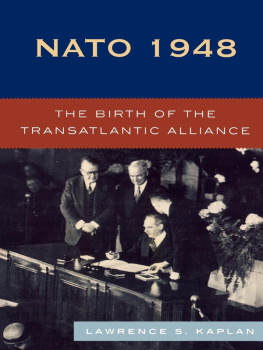

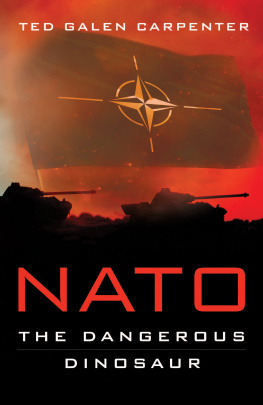


 This paper meets the requirements of the
This paper meets the requirements of the